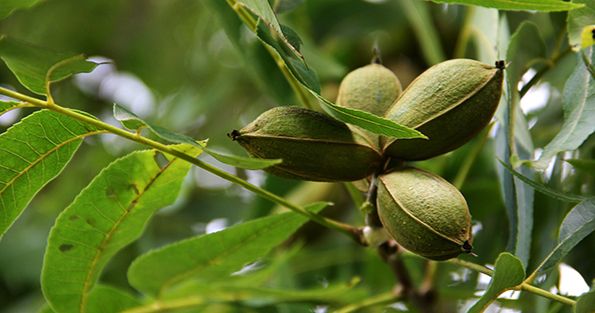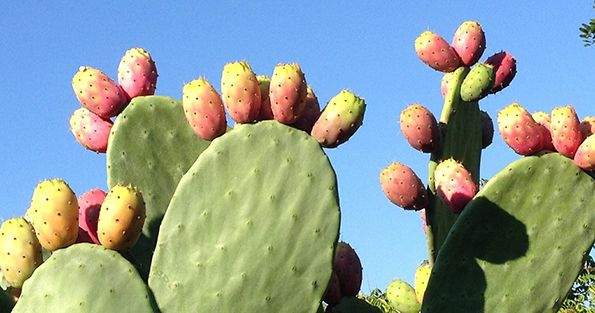One day, early this September, I found myself sweating in the beating sun, attempting to shade the cabbage and broccoli transplants that had just made their way into the garden. These cool weather crops were struggling to adapt to their new home under the Austin sun, so keeping them wet and shaded was important to their success in the coming cooler months.
My mind then wandered to the towering pecan trees I passed under on the way to the garden - I had stared in wonder at their canopies, filled with light green pods, as my bicycle tire skipped over those which nature had wasted to the road below - The pecan trees did not need a shade cloth. They flourished under the Austin sun, and have done so long before European settlers brought their crops across the Atlantic. Although European crops like broccoli and cabbage can be grown in Central Texas, it takes a bit more care than the native edible plants, which have worked to adapt to this landscape for ages.
Season by season we work hard to produce crops with heritages that circumnavigate the globe. I personally believe in this effort, as it helps us refine varietals that work best in our climate, but also because I love the taste of broccoli and cabbage and all the other cultivated vegetables that farmers and gardeners work hard to produce. That being said, sustaining the use (and therefore knowledge) of native edibles is of high merit.
Native plants will inhabit your landscape, following the cycles they have accustomed themselves to, with a much sturdier resolve than many of the plants being introduced. They are also keying you in to a history of a place. Like an heirloom seed is said to tell a story, so does a foodstuff that has been used in this environment by people who needed it to survive. Although we may be eating produce from all over the world to sustain us, there is something memorable about those few treats gathered from the trees right in your own backyard or neighborhood. It is an event you will know to wait for every year, as you watch the seasons turn.
When planning a landscape or contemplating additions to an existing landscape, adding native edible plants is a possibility to ponder, and your options do not end with pecans.
The Mexican Plum is a common landscape plant for reasons which are obvious when you see a tree in full flower, as the tree becomes the support of ample amounts of delicate white flowers, followed by small tart plums, which are most palatable when fully ripened, and can be used to make preserves, which highlights the flavor while boosting the sweetness.
For those who enjoy the treat of a sloppy, golden Eastern persimmon in the fall, then why not try an even messier, and in my opinion, tastier option?
The Texas Persimmon produces a large black fruit, whose juices are used as a black dye. Like the Eastern Persimmon, the fruit should be eaten only when the fruit is overripe and soft. The Texas Persimmon is not as sweet as the Eastern, but still flavorful, as well as extremely drought-tolerant and disease-resistant.
Fruit and nut bearing trees are a treat to have outside your front door, but if you do not like the idea of climbing a tree to reach the ripest fruit, worry not. There are options for native edibles that do not require an orchard ladder or nimble tree-climbing skills.


